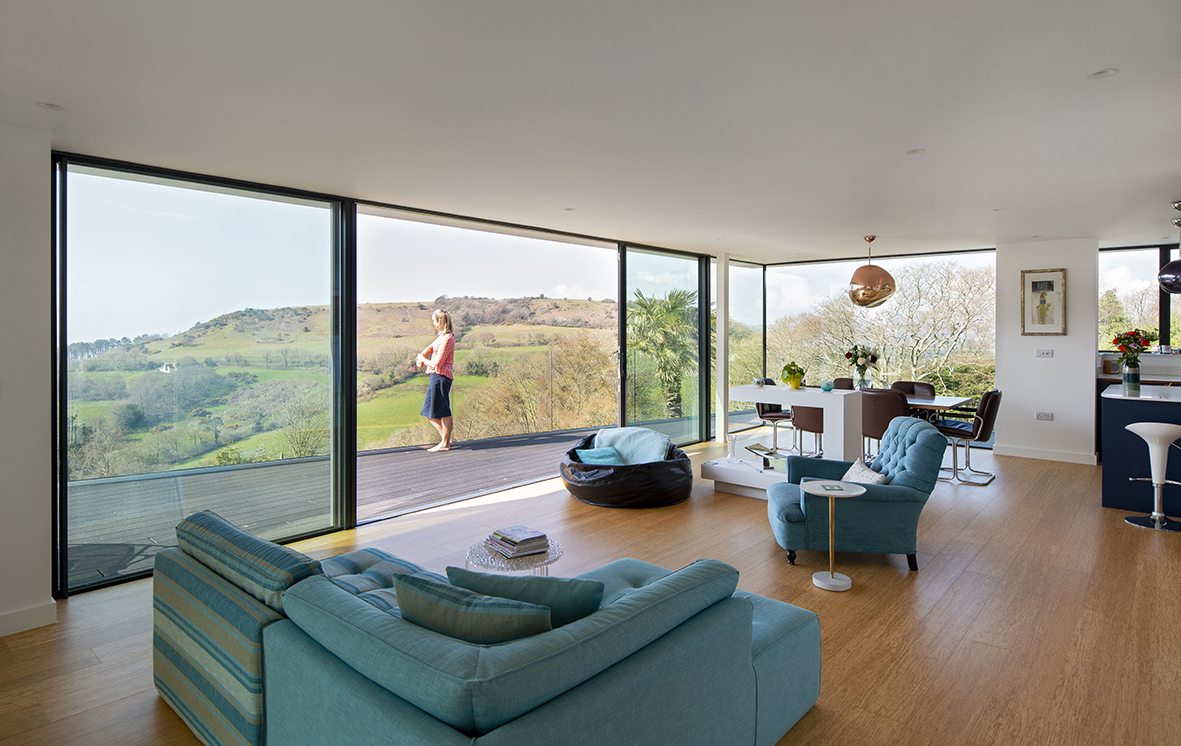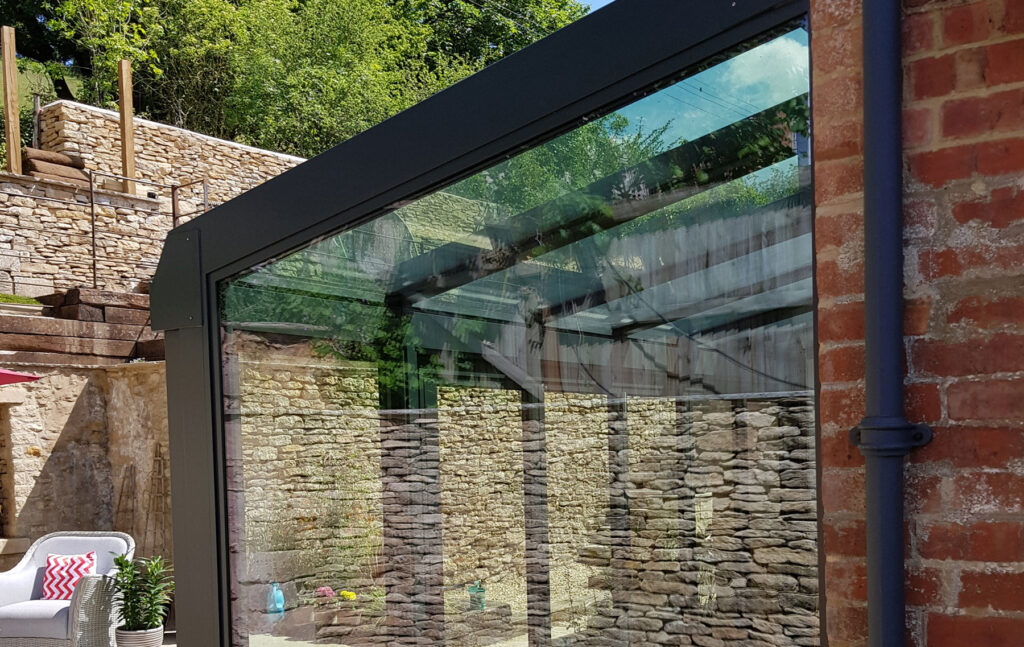Solar Control Glass for Sliding Doors: Is it worth it?
Sliding doors are an excellent way to connect indoor and outdoor spaces, but they can also let in a significant amount of heat and light, particularly in south-facing rooms during the summer months. When deciding on your specifications, a conversation with an architectural glazing expert about solar control can be very useful to ensure you have the best glazing for each room in your house.
What is Solar Control Glass?
Solar control glass is a type of glass that is designed to reduce the amount of heat and light that enters a building. It achieves this through a special coating that reflects and absorbs sunlight and is particularly effective at reducing solar heat gain.
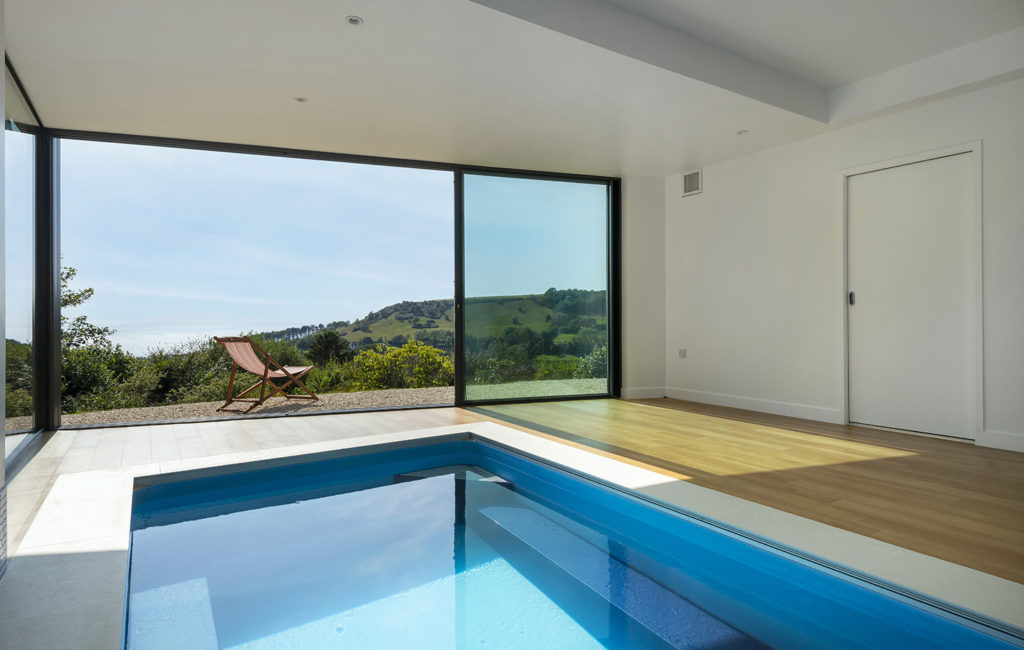
How Solar Control Glass for Sliding Doors will Benefit your Home
There are numerous benefits to adding a solar control coating to the glass of your windows and sliding doors. These include:
Improved Comfort
Solar control glass reduces the amount of heat that enters a building, making it more cool and comfortable to be inside during the summer months.
Energy Efficiency
Solar coatings can also help improve the energy efficiency of your home. Solar control glass reduces the load on air conditioning systems, leading to lower energy costs and a lower carbon footprint.
Protects Furnishings
With a solar control coating on a south-facing window, your furnishings and flooring will be protected from fading and discolouration caused by prolonged exposure to sunlight.
Glare Reduction
Solar coatings can also help reduce glare in living rooms, home cinemas and home offices with screens. Glare reduction lowers light levels, and makes screen use much more comfortable.
Is Solar Control Glass Worth the Investment?
A glass extension with solar coatings offers all year round comfort for a small village cottage
The decision to invest in solar control glass for sliding doors and windows will depend on your home’s orientation and your lifestyle. If you have south-facing rooms, it can be an excellent investment, providing improved comfort, energy efficiency, and protection for furnishings.
Passive Solar Heating: An Exciting Alternative?
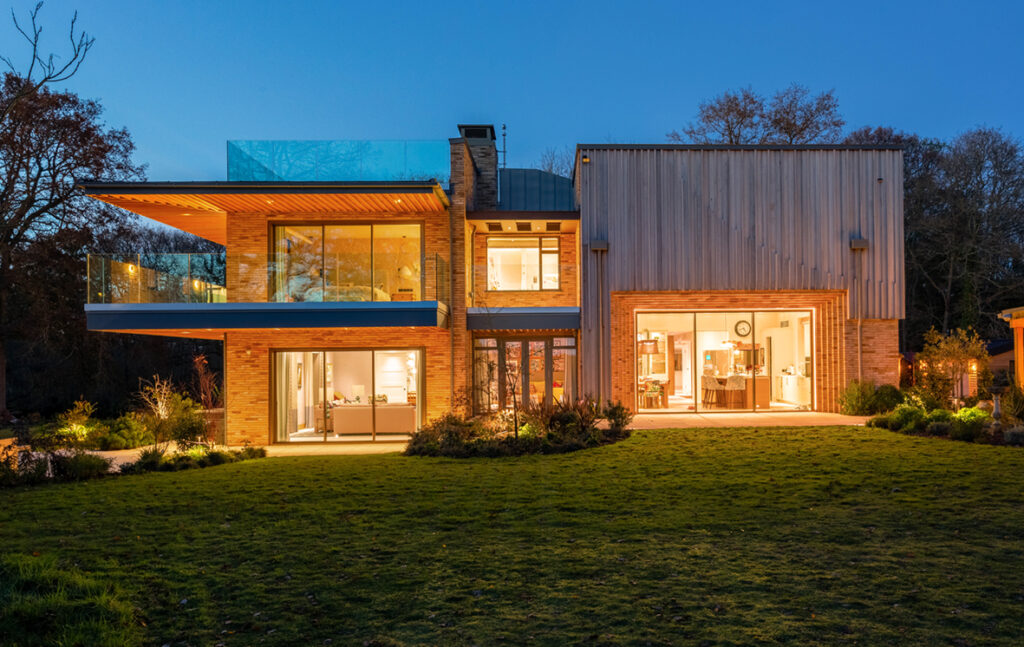
A new build project delivering exceptional solar passive heating for its occupants
If you’re starting out on a complete new build project with your architect, then planning a building which employs passive solar heating could be an exciting and sustainable option. The orientation of the house and the placement of windows are critical factors in passive solar design.
In passive solar heating, south-facing windows are maximised to capture sunlight, which is then absorbed by thermal mass (like concrete or brick) and released as heat, while other windows are minimised to reduce heat loss and potential overheating.
How to achieve Passive Solar Heating with Window Installation
South-facing windows are crucial because they receive the most direct sunlight during the winter months, when heating is needed. The goal is to maximise the amount of solar energy that enters the house through these windows.
In a house with passive solar heating, materials like concrete, brick, stone, and tile are used to absorb and store the solar heat during the day, then release it slowly at night, helping to maintain a consistent temperature.
When designing a house with a passive solar heating system, windows on the north, east, and west sides should be minimised or avoided to reduce heat loss, especially in colder climates.
During the summer, overhangs or balconies block the sun’s rays from entering through the south-facing windows, and prevent overheating, so you’ll often see them as a feature in a house with a passive solar heating system.
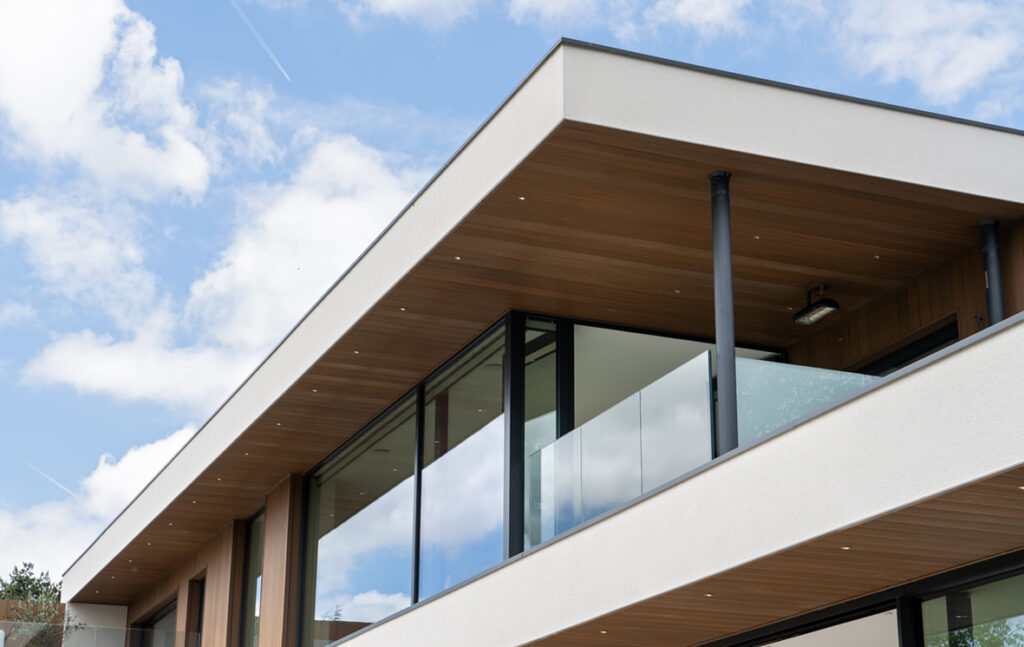
Buildings designed with overhangs reduce glare and contribute to solar control
Window design for passive solar heating
Double-glazed or triple-glazed windows with low-emissivity (Low-E) coatings are often used to reduce heat loss and enhance energy efficiency. Low-E Coatings reflect a portion of the solar heat outside during hot months and trap it inside during colder months.
It’s important to have aluminium window and door frames that provide good thermal performance and minimise heat transfer in a passive solar heating design. They should have appropriate ventilation features to remove excess moisture and maintain good indoor air quality.
ODC Glass designers are experts in the processes of achieving passive solar heating. Why not begin a conversation today?

